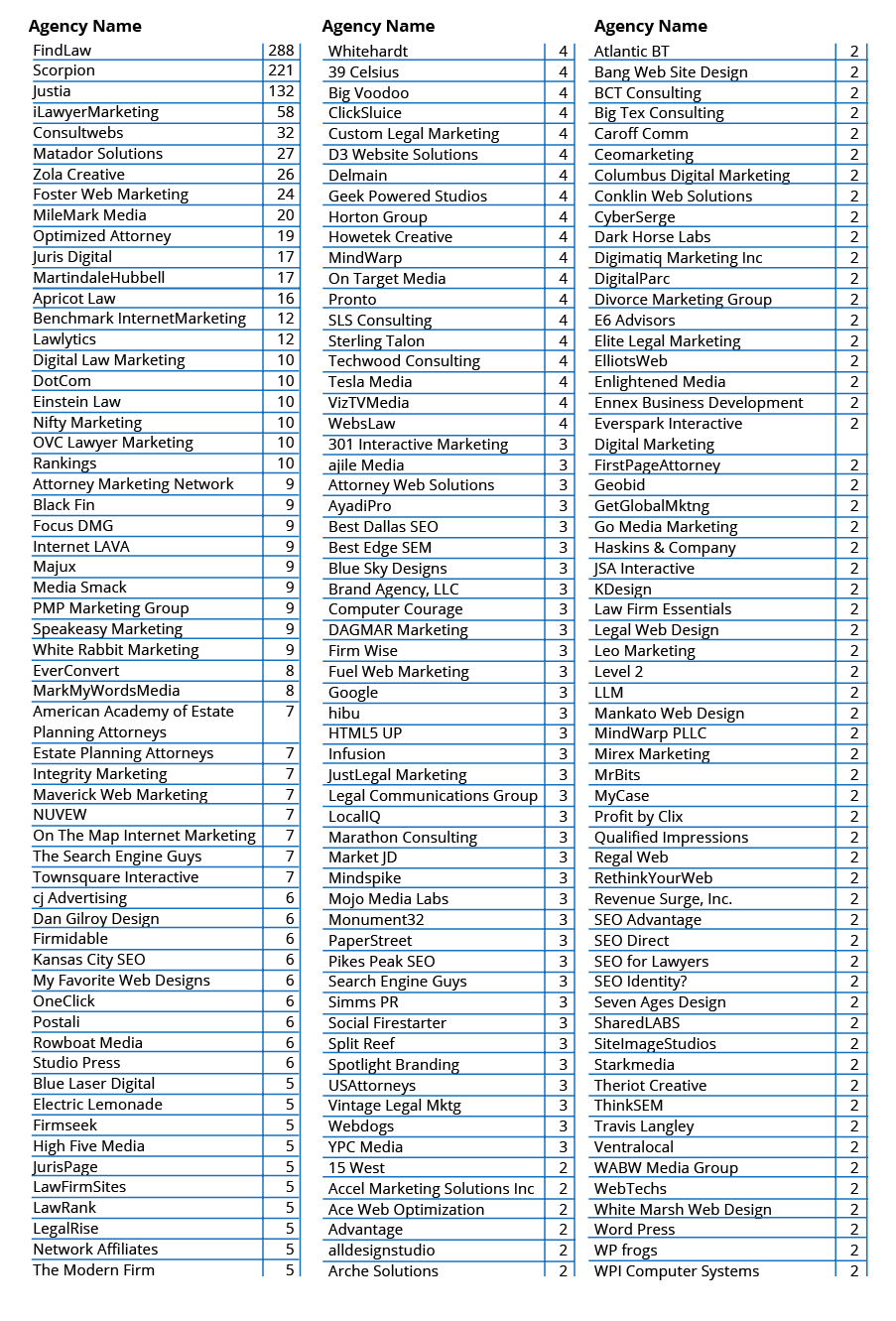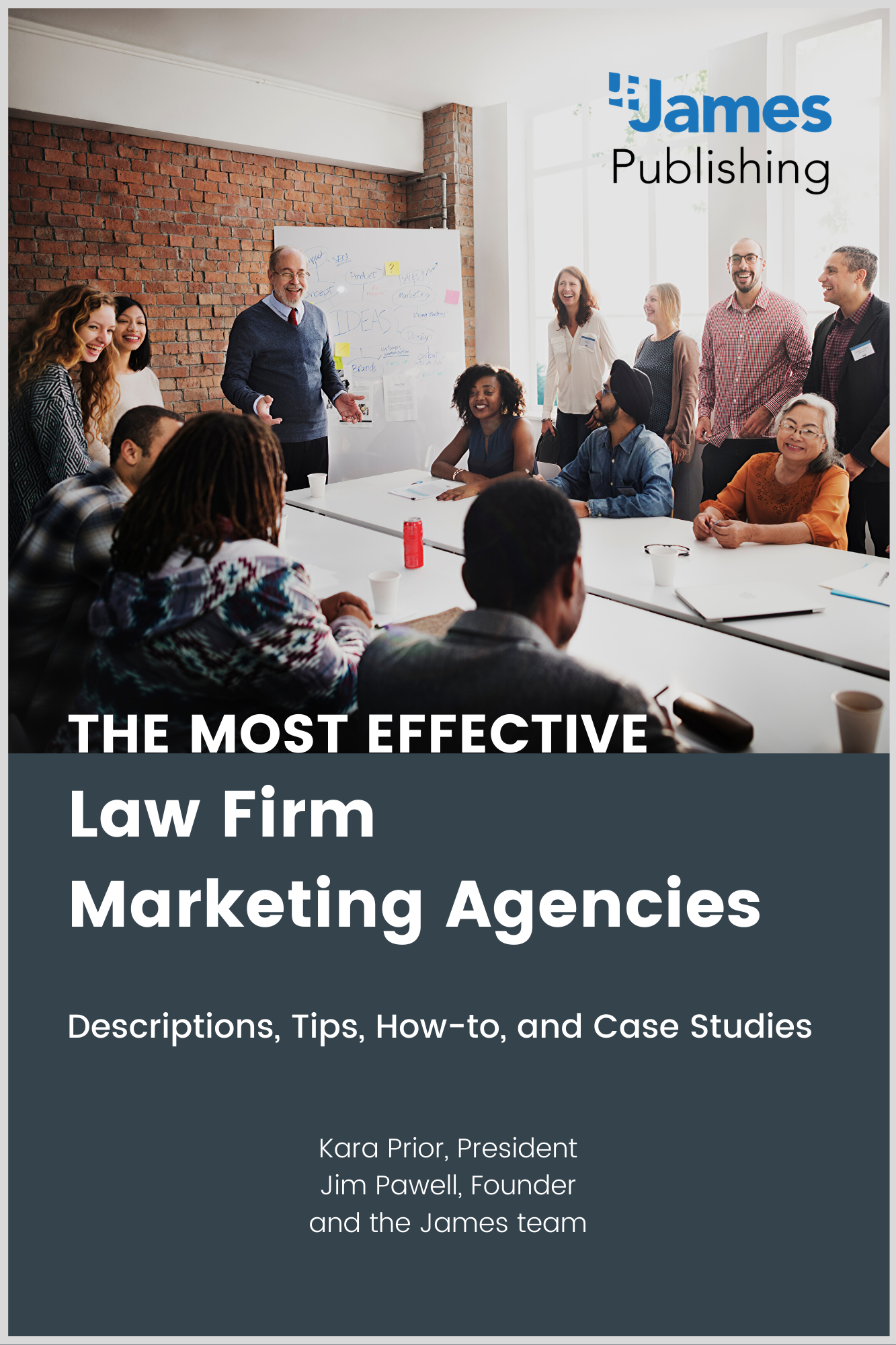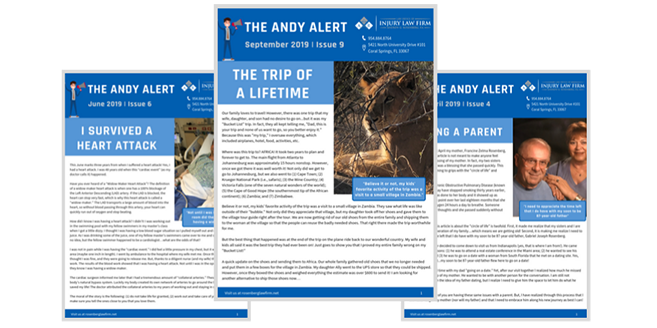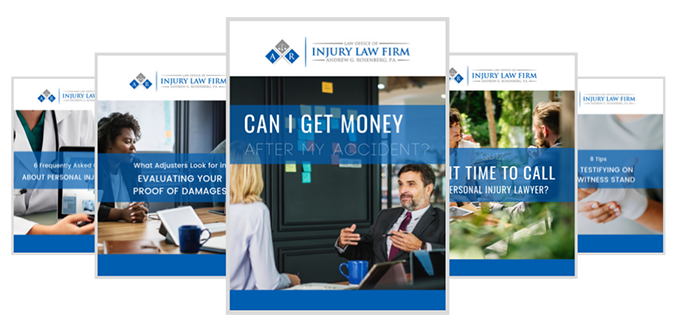
Effective Law Firm Marketing Agencies
Effective Law Firm Marketing Agencies

For most small law firms, finding a digital marketing agency which will deliver results is a guessing game. You talk to a salesperson, maybe call a few of the references provided, and then take a chance. 4-6 months later you frequently have to move on because the results received do not justify the money spent.
We understand these selection challenges, since we for 10 years owned and managed a 7-figure digital marketing agency that served over 100 small law firms.
The key value that a law firm marketing agency delivers is improving the client’s search engine rankings. That job is to have the client firm appear on Google page one — preferably in the 1-3 positions — both organically and locally for as many keywords as possible. And of course, ranking for the directly-targeted, high-traffic keywords is the Holy Grail of search engine optimization.
Appearing in a top position in your city for a directly-targeted keyword phrase with buyer intent like [city name] personal injury attorney, estate planner, DUI lawyer, divorce attorney, business litigator, or the like all but guarantees a steady flow of leads.
Best of all, no ad spending is required. Unlike buying pay-per-click ads on Google or Facebook, the flow of leads is not directly dependent on your ad spending level. However, serious work is needed to attain and keep those top positions … either by your in-house marketing team or by an agency.
This book lists those agencies which have proven their ability to rank small law firms organically and locally in the 1-3 positions for the directly-targeted keywords. If you are looking for a new agency, we encourage you to begin your search with this list. There are no guarantees in the rankings business, but your odds of online marketing success are better working with an agency that has a strong track record.
Our Research Approach
Three experienced James Publishing editors each devoted dozens of hours to the underlying work of identifying the most effective law firm marketing agencies. Each of us worked in James Publishing’s former law firm marketing agency for 3-10 years prior to beginning our research, so we understand the agency business.
We started with a list of the highest search-volume keywords that indicate buyer intent for each of seven specialties.
- Bankruptcy attorney: 60,500 monthly searches nationwide
- Business litigation attorney: 590
- Criminal lawyer: 33,100
- DUI lawyer: 9,900
- Estate planner: 18,100
- Estate planning attorney: 9,900
- Divorce attorney: 40,500
- Child support lawyer: 12,100
- Personal injury lawyer: 40,500
- Auto accident lawyer: 9,900
- Social Security disability lawyer: 6,600
We did not bother searching for both lawyer and attorney since Google usually provides identical rankings for each. For example, searching San Francisco bankruptcy attorney and searching San Francisco bankruptcy lawyer both deliver the same top organic and local results.
We put the names of the 50 most populous cities in front of the keywords listed above, and conducted 550 keyword searches. We then noted:
1. The first three law firms ranking organically
2. The three law firms listed in the Google Places box

Next we scrolled to the bottom of the selected law firm website to learn if a marketing agency represented that law firm, and if so, the name of that agency.
The List
On a spreadsheet we recorded the city, keyword, law firm, and marketing agency (if any), and then tallied the number of times each marketing agency had ranked a law firm in the top three positions, either organically or locally. Below are the totals.
We advise you not to use this data blindly. For example, while Findlaw had the most top-three rankings of any agency, it also advertises that it serves 17,000 law firms. In addition, its service agreement term is both lengthy and enforced.
If you are searching for a new law firm marketing agency, we recommend you use this list as a starting point and begin by asking your prospective agencies how many law firms they serve. Then divide our number of top-three listings to obtain an effectiveness percentage.
Lastly, remember that older and content-heavy websites have a better chance of ranking high, so some sites are easier for agencies to rank than others.

Gauging the Effectiveness of Your Current Agency
The simplest way to evaluate the work of your marketing agency is to every month assess two numbers:
1. The number of visitors to your website
2. The number of inquiries your website generates
Both numbers should steadily grow. If not, you are better off investing elsewhere the monthly cost of the agency.
Your agency may provide you a detailed report that provides a lot of other statistics, but visitors and inquiries are the ones that count. You need your visitor count to steadily grow if inquiries are to have a chance of doing the same. But if visitor numbers are increasing and inquiries are not, then the wrong kind of traffic is being generated.
If you just signed with a new agency, you need to give the agency a few months to generate results; search engine optimization takes time to work. But after 3-4 months, both traffic and inquiries should begin and continue to rise.
For More Information
We have written a 200-page book called The Most Effective Law Firm Marketing Agencies. It contains the following chapters:
1. Our Research Methods
2. The List of Effective Agencies
3. Other Noteworthy Agencies
4. Tips for Working with Agencies
5. How to Convert More Website Visitors
6. How to Obtain More Referrals
7. Marketing Case Studies
It identifies four law firm marketing agencies that we consider the most effective. You can obtain a copy of the book at no charge below.





